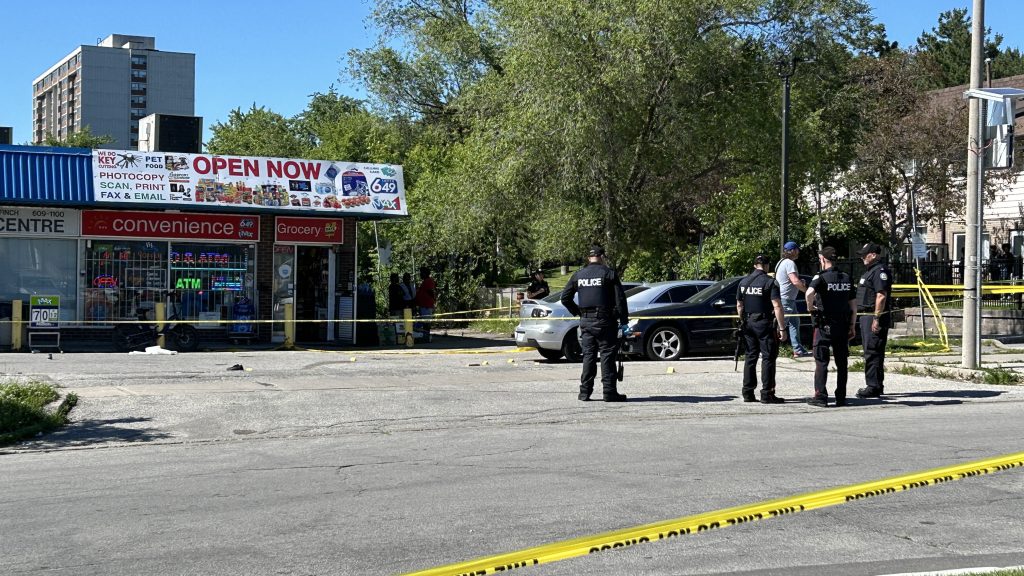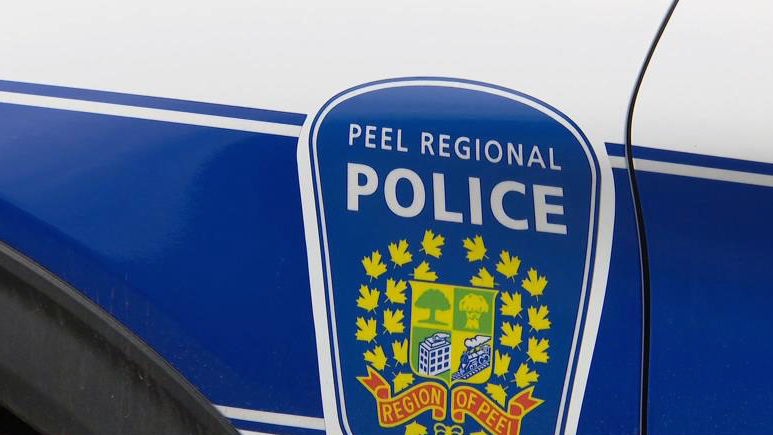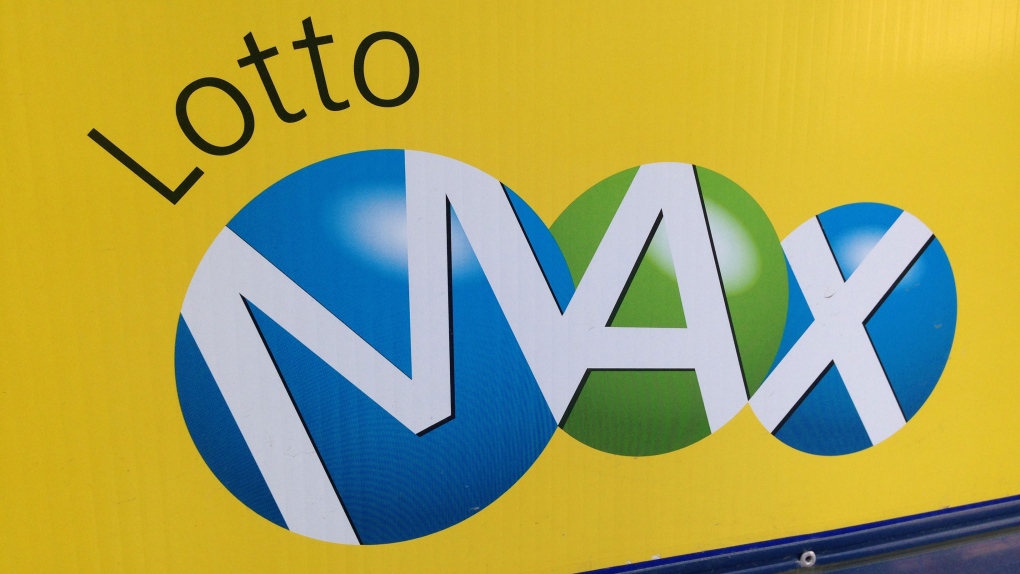NYC vowed to reform its protest policing. A crackdown on a pro-Palestinian march is raising doubts

Posted May 22, 2024 7:13 pm.
Last Updated May 22, 2024 7:26 pm.
NEW YORK (AP) — When New York City resolved a lawsuit brought by Black Lives Matter demonstrators last year by agreeing to overhaul how police respond to protests, Mayor Eric Adams praised the suite of reforms as sensible steps to “move our city forward.”
But some civil rights lawyers are now questioning the mayor’s commitment to the deal in the wake of the New York Police Department’s aggressive response to a pro-Palestinian demonstration Saturday. Police arrested more than 40 people at the event and were filmed pummeling protesters and ordering them to leave the street.
At a press briefing Tuesday, Adams said officers had acted “accordingly” in response to protesters who had spit at them, blocked traffic, lit flares and, in the case of one marcher, climbed atop a city bus with a Palestinian flag.
The lawsuit settlement will require police to accommodate most street demonstrations, while creating a tiered system of responses that prioritize de-escalation. A city lawyer stressed that the city is still in the process of developing new training and procedures around the agreement, and it is therefore complying.
But Adams also argued that the protesters’ actions on Saturday negated the tiered approach, which is intended to ensure that police don’t use isolated incidents of lawbreaking to crack down on otherwise peaceful protests.
“You don’t have a right to disobey the rules. You were told to do it on the sidewalk. You were told to do it in a peaceful way,” said Adams, a Democrat and former police captain, adding that “when you cross over that line, there’s no tier to that.”
Jennvine Wong, a supervising attorney at the Legal Aid Society, which is a party to the federal lawsuit, said the mayor’s comments raised “serious concern about his commitment to meeting the city’s obligations under the settlement.”
“It’s one thing to be working on the policy and not having finalized them yet, but it’s another for the leadership of this administration to act so cavalier and dismissive about the ways this police department is ignoring the reality that’s coming down the line,” she added. “They’re going to have to comply with every aspect of this settlement.”
The settlement, which does not have a deadline for implementation, stems from a lawsuit filed by New York State Attorney General Letitia James that found a pattern of civil rights violations committed by police against protesters who took to the streets in New York in May 2020 following George Floyd’s death.
Under the new tiered system, the department must deploy fewer officers to most protests and refrain from sending heavily armored units that sparred frequently with protesters in the past. Moving to a high threshold requires authorization from a high-ranking commander and evidence of looming violence.
In an emailed statement, a mayoral spokesperson, Kayla Mamelak, said the city remained “committed to honoring the obligations of the settlement.”
“Our efforts to date follow the exact structure outlined in the settlement, and any suggestion otherwise is simply untrue,” she added.
As fierce protests against Israel have broken out across the city in recent months, demonstrations have often been met immediately by officers in riot gear and threats of arrest if attendees do not disburse from the street.
Even before the beginning of Saturday’s demonstration in Brooklyn, a large group of officers with batons, zip ties and shields were stationed at several points along the protest route, along with correctional buses used for mass-arrest processing, according to organizers of the event and legal monitors.
The Nakba Day event is held each year in Bay Ridge, a heavily Arab enclave of Brooklyn, to mark the forced expulsion of Palestinians following the establishment of Israel in 1948. It typically draws a small police presence from the local precinct, attendees said.
“This felt like a show of force, an intimidation tactic,” said Nerdeen Kiswani, the co-founder of Within Our Lifetime, which organized the protest. “We heard from community members all day that they had all these units spread out in the community.”
Shortly after Saturday’s event began, Kiswani said, officers threatened arrests for those congregating in the street or using amplified sound. When one supportive community member played chants from a speaker in his apartment window, an officer scaled the building’s fire escape to tell him to stop, video of the incident shows.
In his comments on Tuesday, Adams suggested that many of those in the protests had come from beyond the neighborhood or the city, invoking his oft-repeated claim that outsiders who “don’t like our country” are working to “radicalize our children.” An NYPD highlight-reel style video after the protest criticized the clothing of the protesters and the flyers they allegedly circulated online.
The settlement strengthens an NYPD rule requiring that officers maintain “content and viewpoint neutrality” when responding to protests. But until it is formally implemented, protesters would continue to find themselves in a “gray zone,” said Wylie Stecklow, an attorney who represented protesters in the 2020 case.
“Our settlement agreement is trying to put guardrails out there to ensure constitutionally compliant policing,” Stecklow added. “And those guardrails are not yet in place.”
Jake Offenhartz And Cedar Attanasio, The Associated Press








